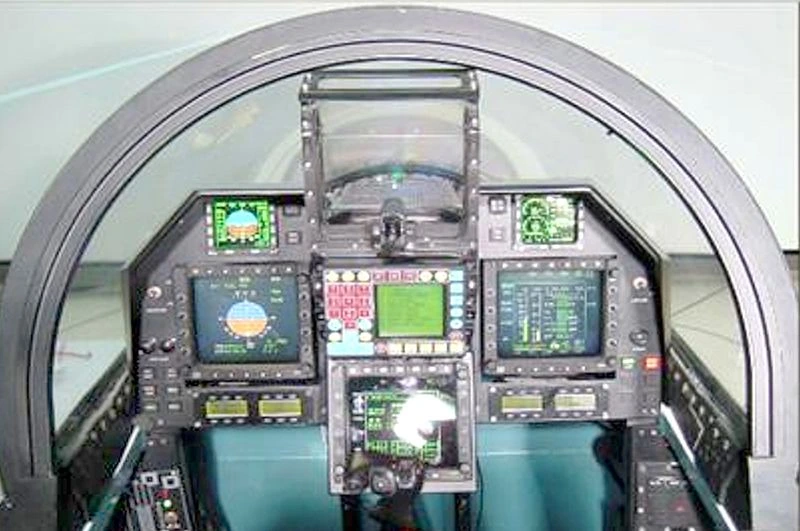The Central Scientific Instruments Organisation (CSIO), a premier laboratory under the Council of Scientific and Industrial Research (CSIR), has initiated the development of an indigenous waveguide-based smart Head-Up Display (HUD) for India’s upcoming fifth-generation stealth fighter — the Advanced Medium Combat Aircraft (AMCA).
This breakthrough marks CSIO’s foray into the frontier field of waveguide optical technology, an advanced domain being pursued globally by defence innovators in countries like Israel and the United Kingdom. Waveguide technology enables electromagnetic waves — including light and radio waves — to travel through controlled paths with minimal energy loss, enhancing precision and efficiency.
Lightweight, Energy-Efficient, and Stealth-Optimised
The next-generation smart HUD will replace conventional cathode ray tube-based systems with a compact, fully digital display that is 30% lighter and 50% more energy-efficient. By utilising transparent glass plates instead of bulky lenses, the new HUD will feature a slimmer profile and lower radar and visual signature, making it ideal for stealth aircraft integration.
According to Ashish Gaurav, Senior Principal Scientist at CSIO, a pre-prototype demonstration has already been presented to the Indian Air Force, with project completion and integration trials expected within the next two years.
Enhancing Pilot Situational Awareness
The smart HUD is designed to project vital flight and combat data — including altitude, airspeed, weapon status, and angle of attack — directly into the pilot’s line of sight, ensuring uninterrupted situational awareness during high-speed operations.
The system is also being developed as a future replacement for existing HUDs deployed in aircraft such as the Tejas, Sukhoi-30MKI, Jaguar, and Hawk AJT. The current generation of HUDs, also developed by CSIO, are manufactured by Bharat Electronics Limited (BEL) for the Indian Air Force and Navy.
Boost to Indigenous Avionics and Defence Technology
CSIO’s waveguide HUD programme reflects India’s growing emphasis on self-reliance in defence avionics, aligning with the government’s Atmanirbhar Bharat initiative. The research effort is being advanced jointly by DRDO, CSIR laboratories, IITs, and private industry partners.
With India’s domestic waveguide technology market estimated at USD 200 million, largely driven by aerospace and defence, the indigenous smart HUD project signifies a major step toward building a future-ready optical and avionics infrastructure for the nation’s air combat platforms.













